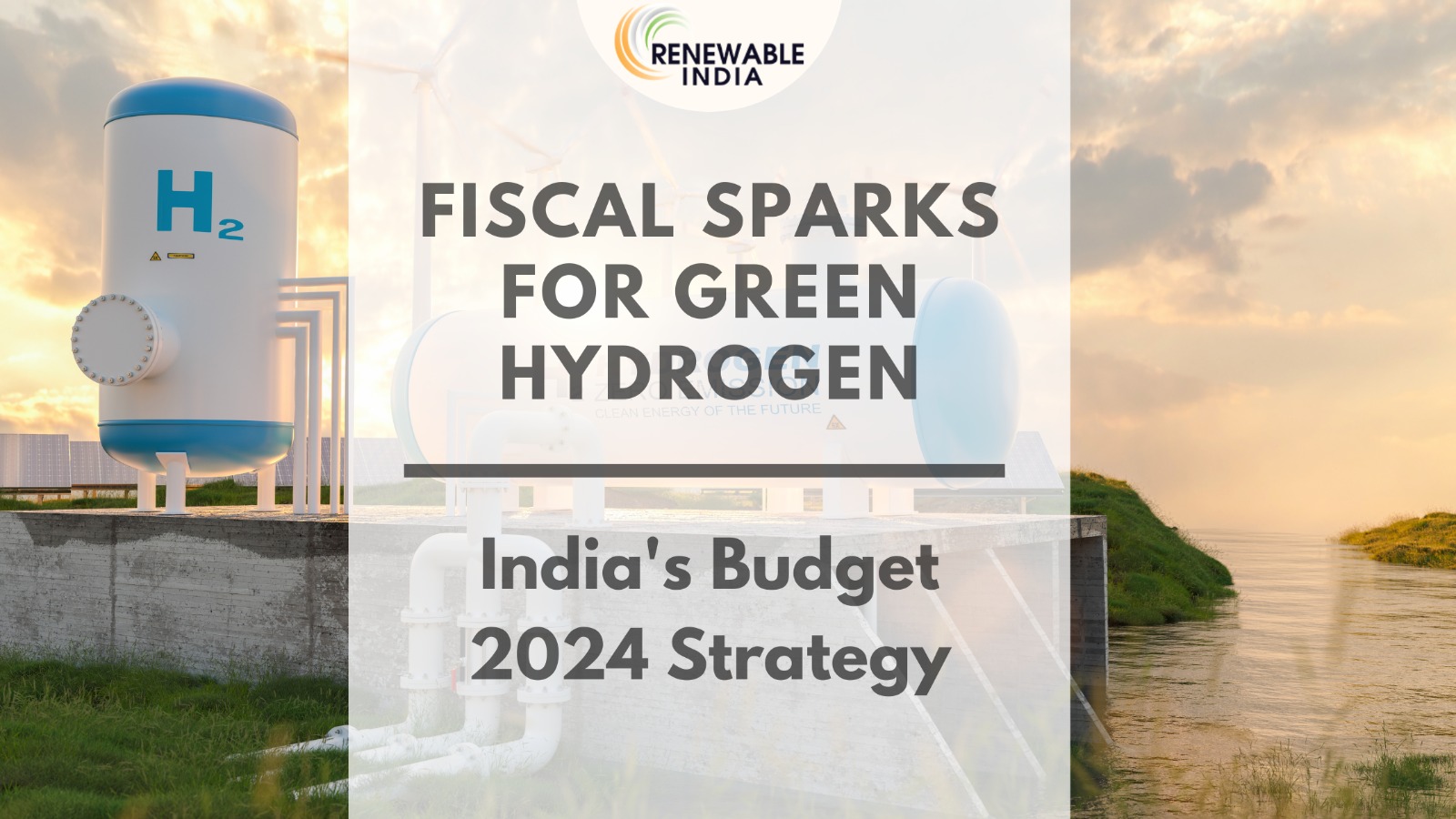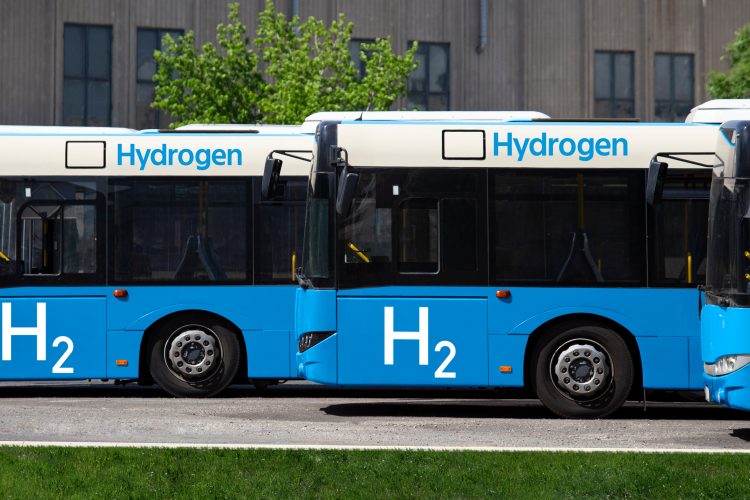
India’s energy landscape is on the brink of a transformative shift with the government’s strategic fiscal push towards igniting a green hydrogen revolution. Anticipated in the upcoming Budget 2024, these incentives aim to significantly reduce production costs, propelling the nation towards achieving cost parity with grey hydrogen.
The central theme of the budgetary strategy involves redirecting subsidies from carbon-intensive fuels to green hydrogen projects. This realignment is not only a step towards energy independence but also underscores India’s commitment to global climate goals.
Industry insiders reveal that sectors like refining and fertilization, poised to leverage green hydrogen, will witness a substantial increase in subsidies, fostering a robust supply chain and boosting domestic demand.
Read the study on Harnessing and creating a Green Hydrogen Revolution in India by Niti Aayog
A crucial facet of the government’s agenda is the development of comprehensive infrastructure for green hydrogen transportation. Budget 2024 is expected to outline plans for clusters and pipelines, enhancing efficiency and lowering transportation costs.
The 2024 budget should prioritize sustainability in the infrastructure and energy sectors. Emphasizing sustainable agriculture and striving for net zero targets are also key focal points. We also expect measures including incentivizing sustainability in the retail sector, extending industry status recognition, and encouraging the adoption of Environmental, Social, and Governance (ESG) ratings across various sectors beyond securities and banks. To reinforce the link between sustainability and financial benefits, the budget should introduce substantial incentives, such as lower interest rates for ESG loans and grants for companies compliant with ESG standards. This approach will establish a direct correlation between sustainability efforts and financial advantages. Furthermore, the budget should also envision the mandatory adoption of comprehensive compliances, such as the Business Responsibility and Sustainability Report (BRSR), for all companies. Additionally, the introduction of product-level ratings to enhance transparency, providing clearer insights into ESG parameters.
– Ms Aditi Balbir, Co-founder, EcoRatings.
To stimulate innovation and private sector involvement, the government may introduce tax credits and incentives for research and development in the green hydrogen sector, positioning India as a leader in renewable energy technology.
Export infrastructure is also set to see a significant boost, with plans for port facilities and international standards for green hydrogen derivatives.
These measures aim to position India as a key exporter in the global green hydrogen market. On the domestic front, the Budget might unveil direct subsidy schemes and capex support for industries transitioning to green hydrogen, fostering in-house demand and promoting advancements in green hydrogen by-products.
GoI approves Rs.19 crores to pave the way for National Green Hydrogen Mission
The fiscal approach reflects a strong commitment to establishing India as a green hydrogen hub, aligning with global energy transition trends. The government’s comprehensive strategy, echoing recommendations from the “Green Hydrogen: Enabling Measures Roadmap for Adoption in India” report by the World Economic Forum and Bain & Company, holds the potential to usher in a new era for India’s energy sector.

This strategic framework positions India not only to meet its energy needs sustainably but also to lead the global shift towards a low-carbon economy. As we await Budget 2024, the stage is set for India to make a resounding mark in the green hydrogen revolution, signaling a brighter and more sustainable future.
Read GoI’s Press Release – https://pib.gov.in/PressReleasePage.aspx?PRID=1989809
Leave a Reply